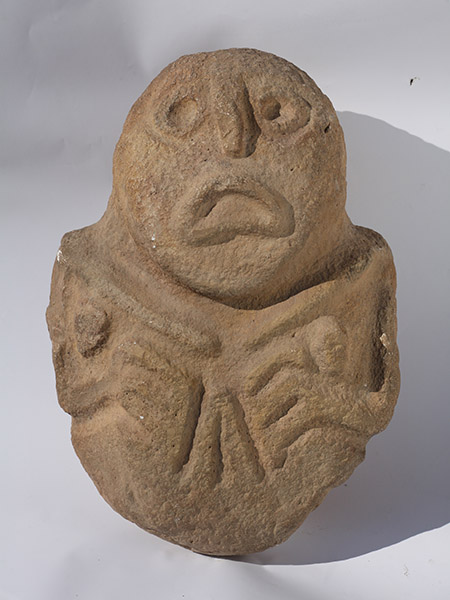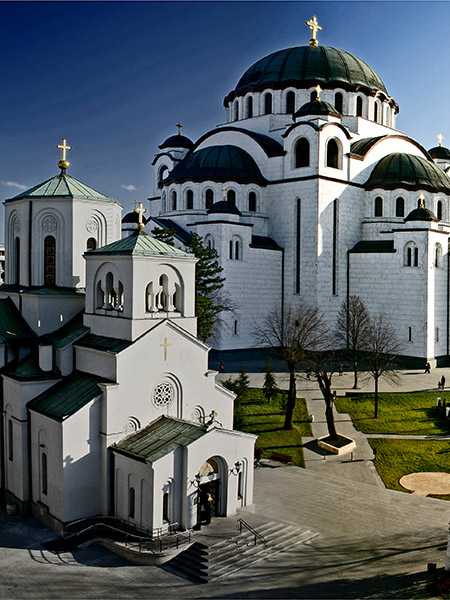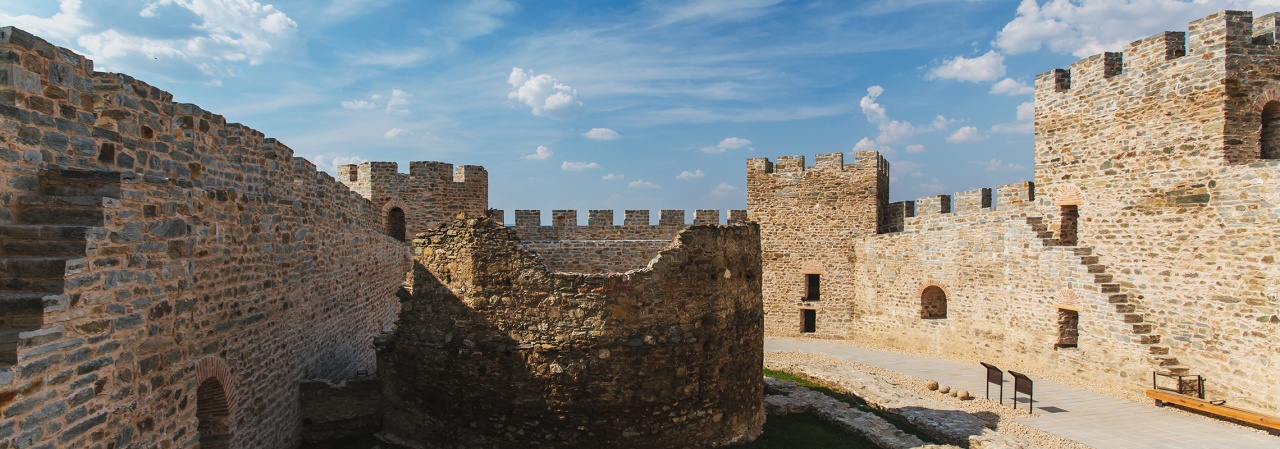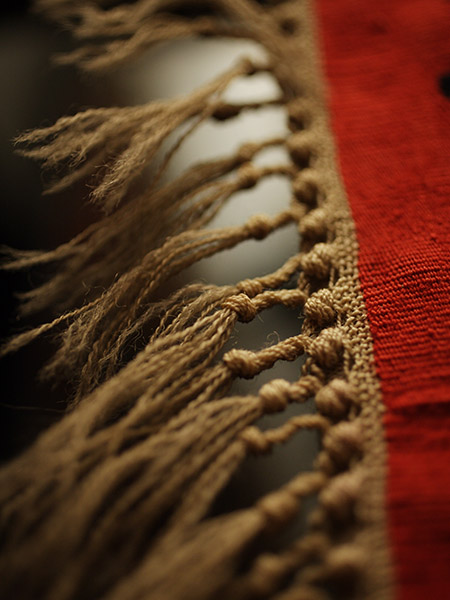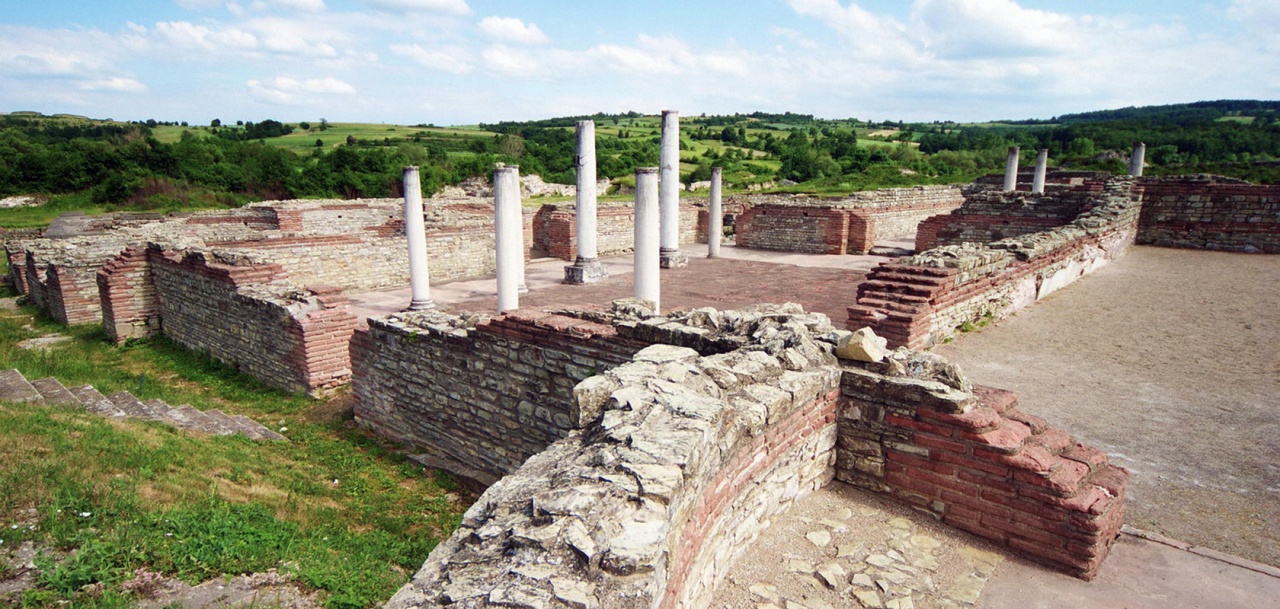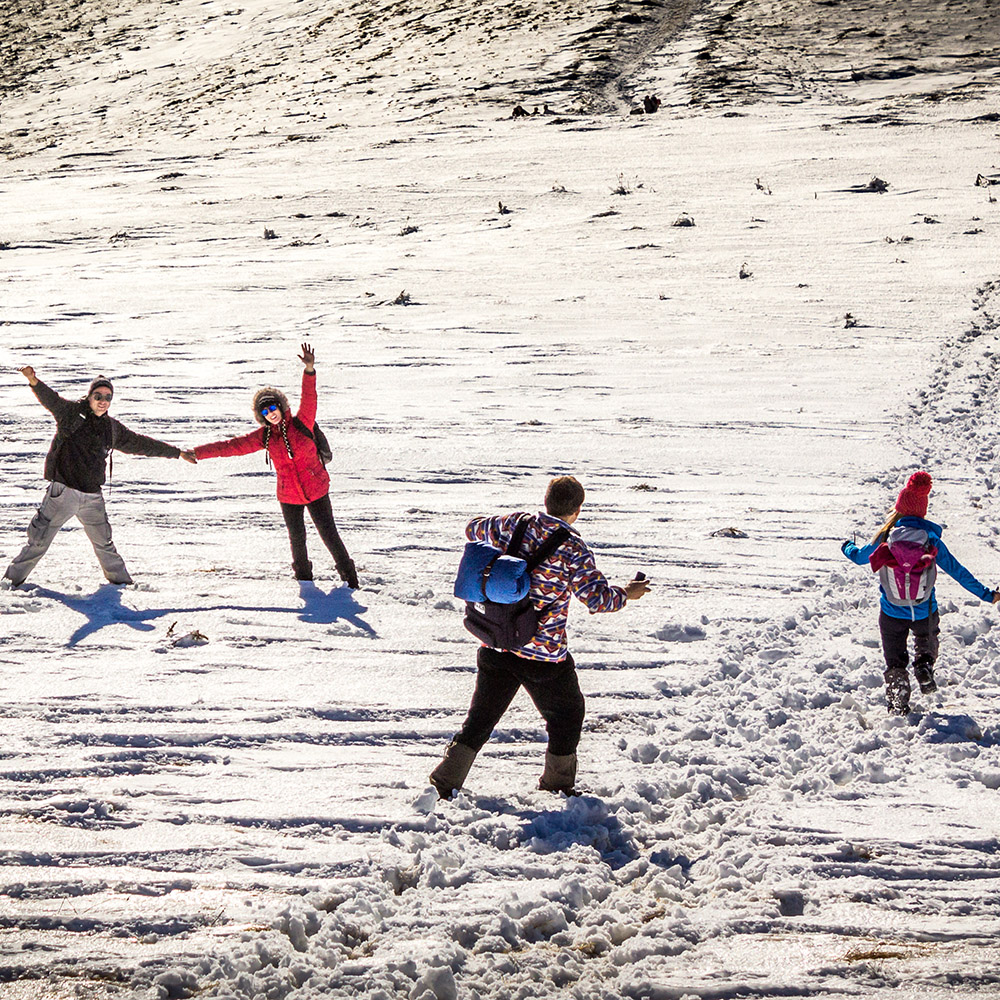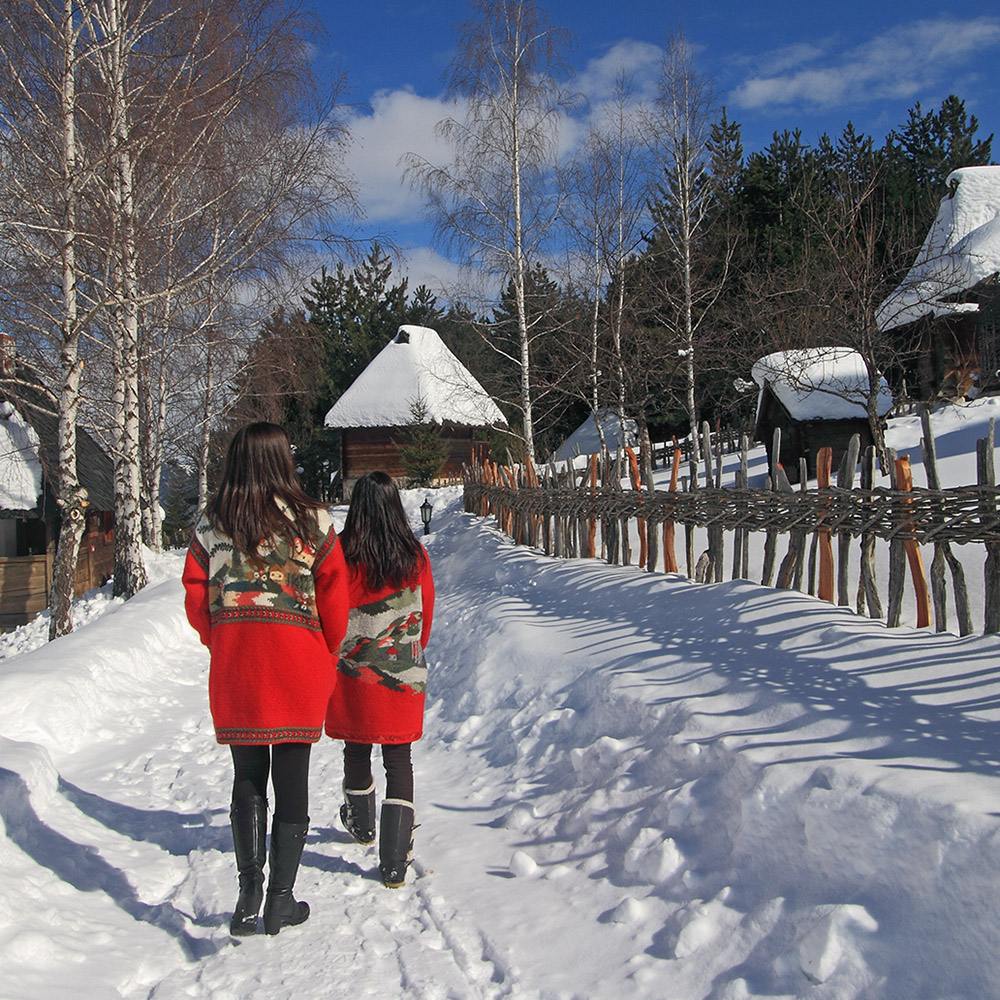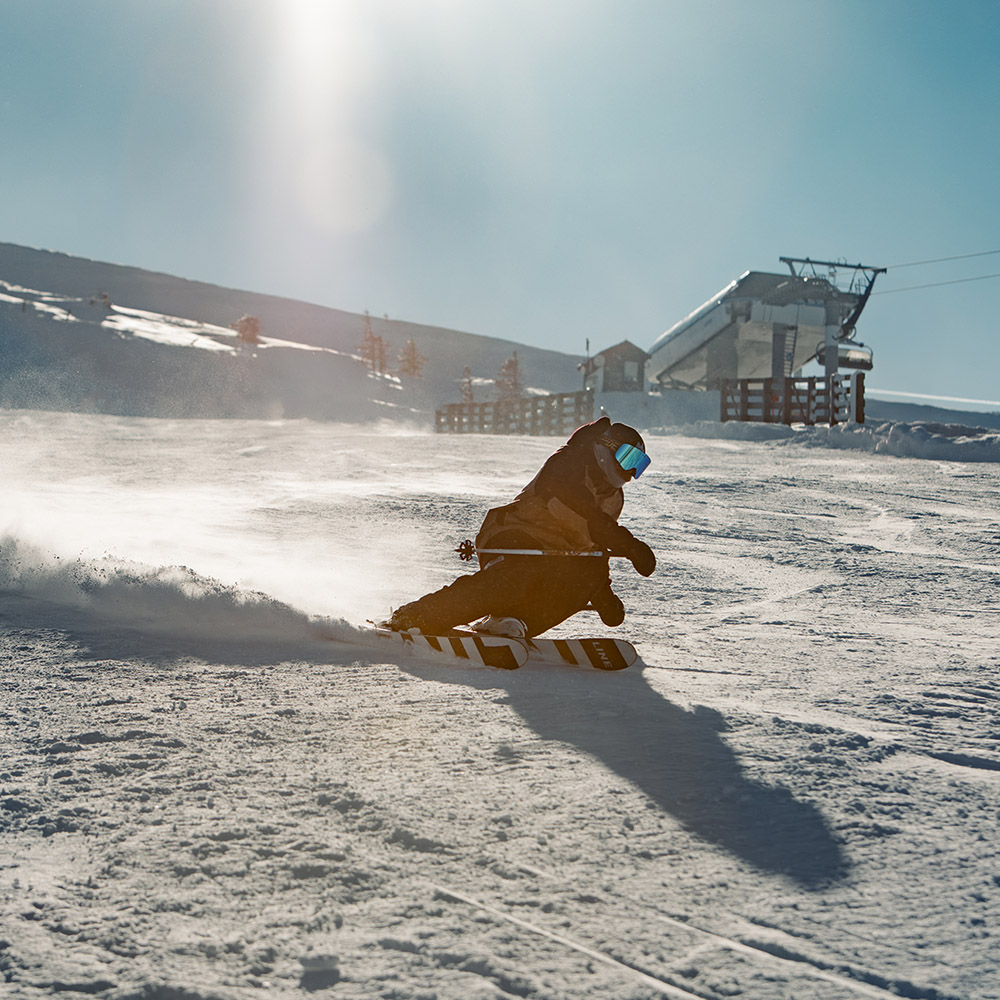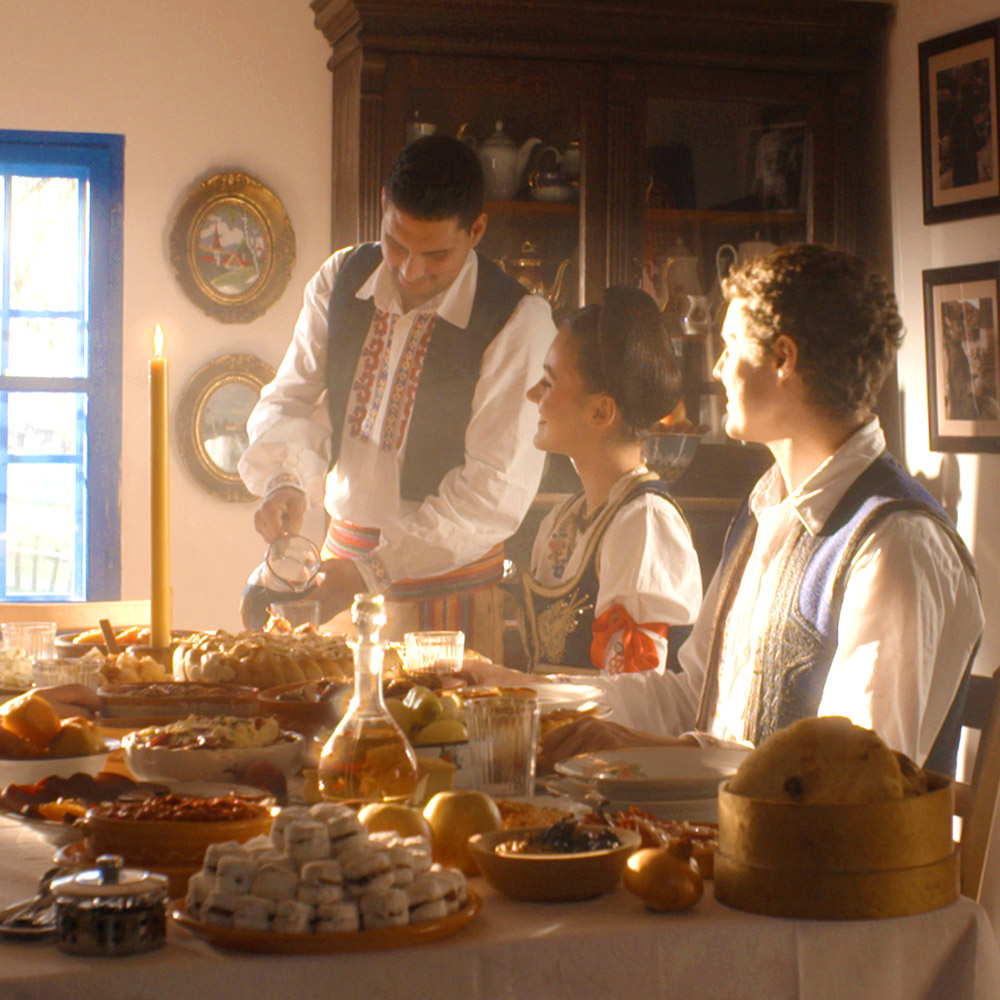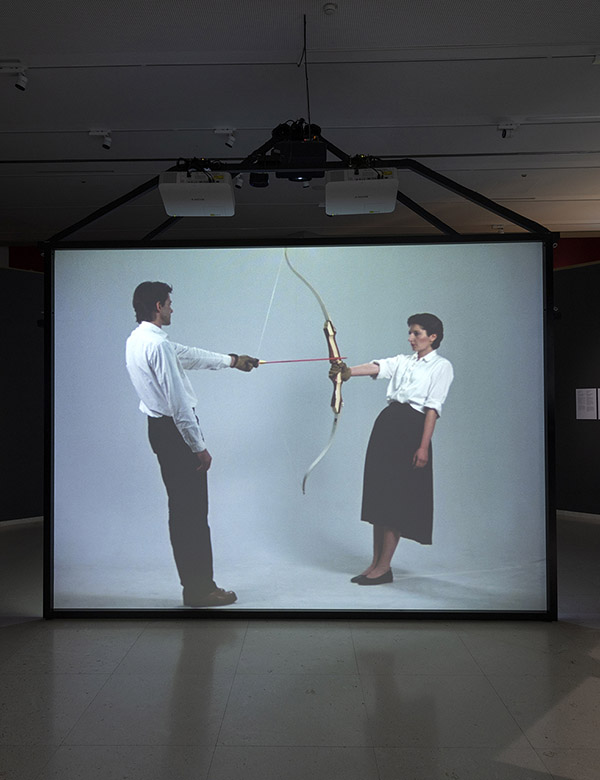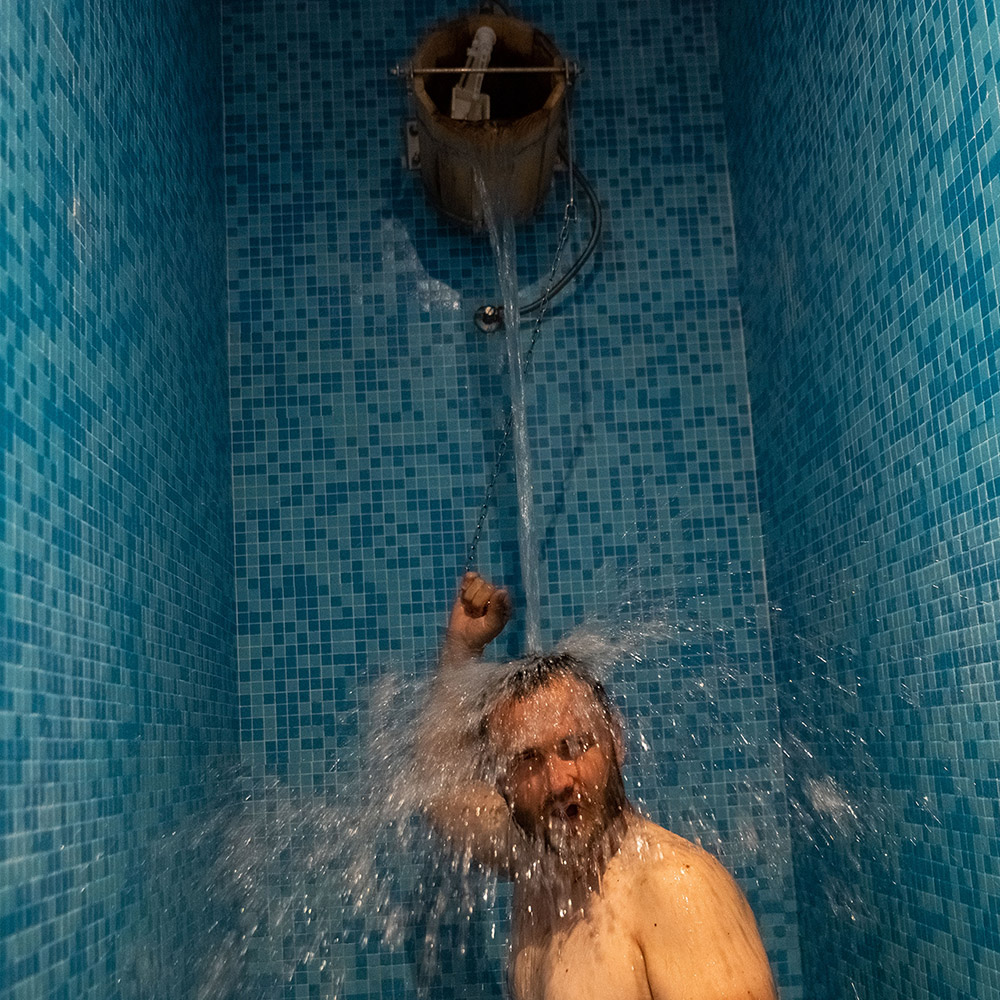Culture
Serbia’s rich cultural heritage is quintessential to understanding, both European and global, human spirituality and culture. Traces of a prehistoric culture found at Lepenski Vir, dated 7,000 BCE, have earned this archaeological site the nickname “cradle of Europe”.
Over time the culture of Lepenski Vir was succeeded by the Neolithic cultures of Starčevo and Vinča, as witnessed by the remains of buildings, tools, weapons and household items, which also testify to the immense importance of the Danube for the development of prehistoric humans. Situated at the very border of the Roman Empire, Serbia is the site of major battles for the expansion of the Empire, as well as for its survival. Testaments to this are found in the numerous remains of cities and roads built during more than six centuries of Roman reign in this region, as well as in the fact that as many as 16 Roman emperors were born in modern-day Serbia!
Due to the importance of archaeological sites, for the understanding of Roman culture and history, Serbia’s ancient Roman sites are included in the Cultural Routes of the Council of Europe and the remains of the monumental Roman palace Felix Romuliana have been declared a UNESCO World Heritage Site.
The spiritual and cultural life of medieval Serbia took place within the church, which is why the country’s many Orthodox Christian monasteries are among the
most important monuments of the era. Built between the 12th and the 17th Centuries, well-preserved and richly adorned with some of the most beautiful frescoes of their time, Serbian monasteries are an important segment in the rich tapestry of not only Serbian, but also global cultural heritage.
Due to their immense cultural and historic importance, three monastery complexes (Stari Ras with Sopoćani, Studenica monastery and a collection of monasteries in Kosovo and Metohija) have been declared UNESCO World Heritage Sites.
Religious buildings
Religious sites in Serbia, a country with a rich and diverse history, are havens that offer answers, comfort and encouragement. In today’s world, when cinemas, galleries, bookstores and shopping malls have become part of everyday life, we tend to forget about religious sites as quiet oases of spirituality.
Read more
Fortresses
Modern-day Serbia is dotted with the remains of dozens of fortresses erected on strategically important spots – by the rivers, along the trading routes and at the borders of past empires. Today, fortresses in Serbia tell the tale of the turbulent history of these parts and transport visitors to the age of medieval rulers, knights and great battles.
Read more
Museums and galleries
The best way to learn about a nation’s history, culture and art is to visit its museums and galleries and Serbia’s museums will truly take you on a journey through time and space. The best way to learn about a nation’s history, culture and art is to visit its museums and galleries and Serbia’s museums will truly take you on a journey through time and space.
Read more
Council of Europe Cultural Routes in Serbia
Serbia has become part of the great European mosaic of culture owing to its participation in the Council of Europe's Cultural Routes programme. These routes are much more than just a tourist offer. They are stories that connect the history, art, tradition and values of the entire continent.
Read more
UNESCO
The United Nations Educational, Scientific and Cultural Organisation (UNESCO) has strict criteria for selecting the world heritage sites to be included in one of its lists. Its aim is to preserve the most important natural landscapes and monuments of tangible and intangible culture.
Read more


